
Climatest Symor® laboratory vacuum oven provides controlled conditions of negative pressure and temperature to facilitate various processes such as drying, de-gassing, curing, and annealing of materials. This oven offers maximum temperature to 200°C and a vacuum control to 133 Pa, and available in five different sizes with volumes ranging from 20 to 250 liters.
Model: TZF-6250
Capacity: 250L
Interior Dimension: 700*600*600 mm
Exterior dimension: 1225*765*890 mm
Description
Climatest Symor® laboratory vacuum oven is designed for the rapid and efficient drying treatment of thermal sensitivity, easy to decompose, easy to oxidize substances and complex components. It can rush into inert gases such as nitrogen gas (optional), we have accumulated may years of research and production experience in vacuum drying ovens, solved the problem of easy thermal conduction and deformation of the vacuum oven, and designed and manufactured in a more scientific thermal conduction way.
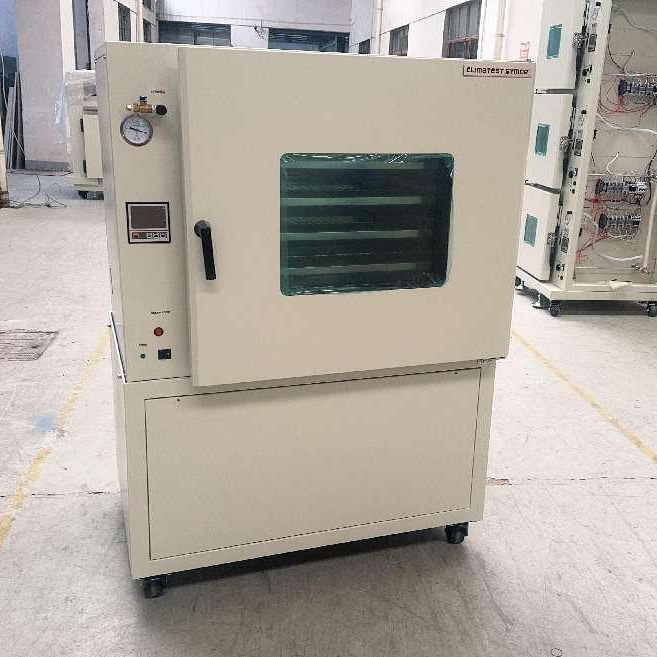
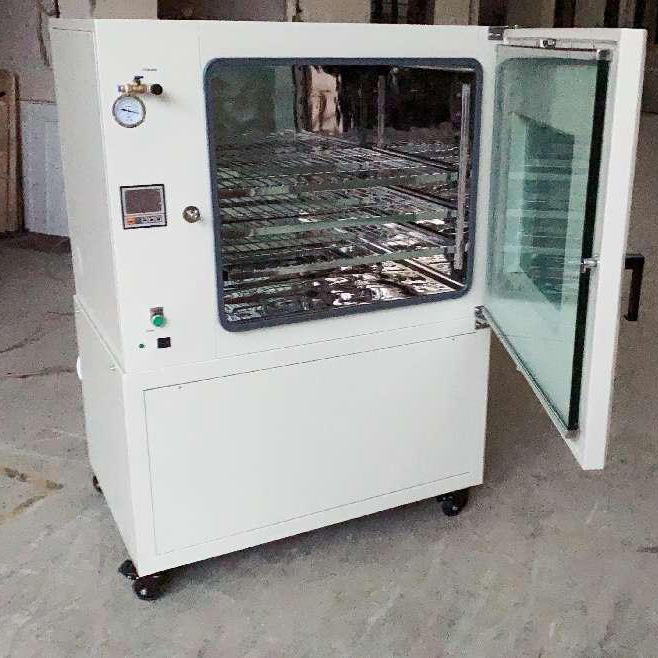
Specification
| Model | TZF-6020 | TZF-6030 | TZF-6050 | TZF-6090 | TZF-6250 |
| Power Consumption | 500W | 800W | 1400W | 2400W | 4000W |
| Capacity | 20L | 30L | 50L | 90L | 250L |
| Interior Dim.(W*D*H)mm | 300*300*275 | 320*320*300 | 415*370*345 | 450*450*450 | 700*600*600 |
| Exterior Dim.(W*D*H)mm | 610*445*470 | 630*460*500 | 720*515*535 | 755*595*720 | 1225*765*890 |
| Temperature Range | RT+10°C ~ 200°C | ||||
| Temperature Fluctuation | ± 0.5°C | ||||
| Temperature Resolution | 0.1°C | ||||
| Vacuum Degree | 133 Pa | ||||
| Vacuum Gauge | Mechanical needle | ||||
| Shelves | 1PC | 2PCS | 3PCS | ||
| Power Supply | AC220V 50HZ | AC380V 50HZ | |||
| Ambient Temperature | +5°C~ 40°C | ||||
Options
. Programmable temperature controller
. Inert gas valve
. Vacuum pump 2XZ-2/2XZ-4
. Dry filter
Features
►Stainless Steel Interior Chamber
The interior chamber is made of SUS304 stainless steel with good durability, easy cleaning and good heat resistance. Height adjustable shelf has more effective contact area and higher thermal conductivity, 40% higher heat transfer efficiency than conventional methods.
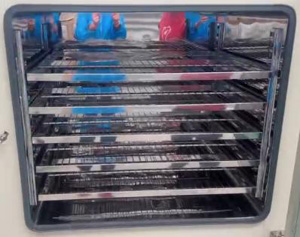
►Jacketed Heating Technology
The laboratory vacuum oven is heated by four-sided sheath radiation technology, and the heat is radiated to the interior chamber through the wall to achieve uniform temperature distribution.

►Temperature control system
Intelligent PID temperature controller, constant temperature control mode, auto-tuning. Temperature output power is calculated by micro computer to achieve high efficiency and high precision. Equipped with over-temperature alarm protection function to ensure the operation safety.
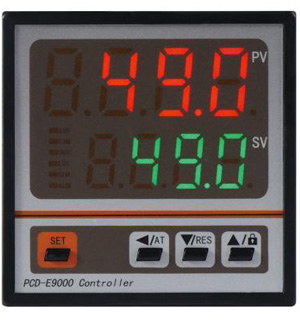
►Inert Gas Intake Valve (opional)
The diameter 8mm hose and labor-saving electromagnetic valve allow the safe introduction of inert gas or ambient air into the chamber to meet the requirements of inert gas drying, anti-oxidization, cleaning interior moisture, or discharging vacuum.

What is the difference between a hot air oven and a vacuum oven?
Hot Air Oven:
A hot air oven, also known as drying oven or a forced air convection oven, operates by circulating heated air within the chamber to create uniform temperature environment. The oven is effective for removing moisture or drying materials, as well as for heating samples or materials to specific temperatures.
Hot air ovens are commonly applied in industries like electronics manufacturing, adhesives curing, powder coating, polymerization, contributing to efficient production processes
Vacuum Oven:
The vacuum oven works under negative pressure by using a vacuum pump to create a vacuum environment in the chamber.
By reducing the pressure inside the chamber, the boiling point of liquids in the materials decreases, allowing for faster and more efficient drying at lower temperatures.
Vacuum ovens are primarily used for processes that require drying materials without the presence of oxygen, as well as for processes that involve heat-sensitive materials.
Vacuum ovens are commonly applied in industries such as electronics, aerospace, and material science for applications such as drying delicate components, degassing materials, and removing solvents from samples.
Laboratory vacuum oven working principle
The working principle of the laboratory vacuum oven is to use a vacuum pump to pump the air from the oven, reduce the pressure, while heating the sample to promote the evaporation of water and solvent. This drying method can be achieved at lower temperatures, thus avoiding the damage to the sample by high temperature. In addition, vacuum drying can also effectively prevent oxidation and contamination, improve the drying effect and sample quality.
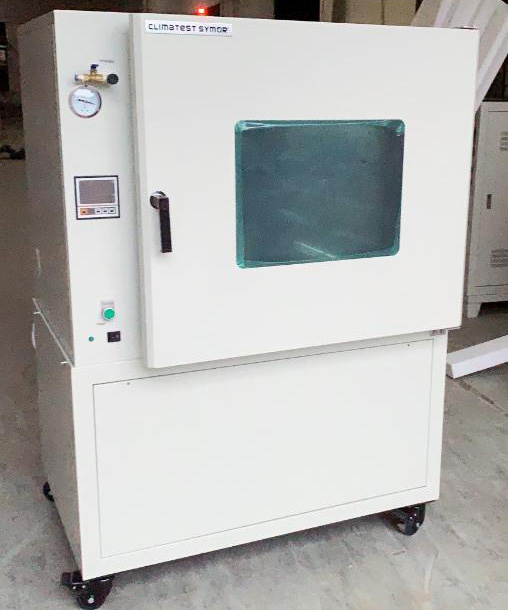
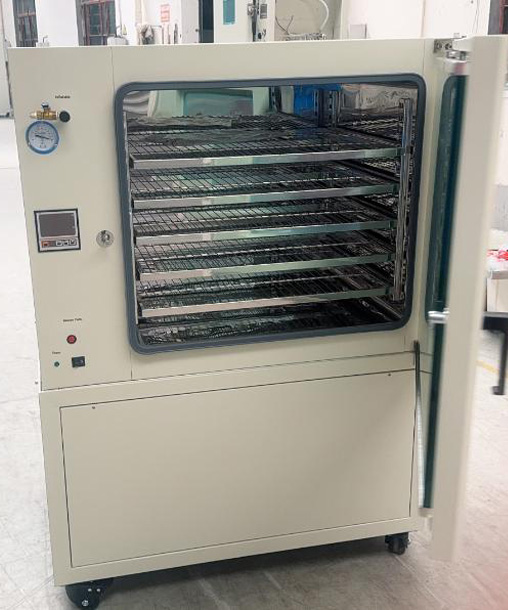
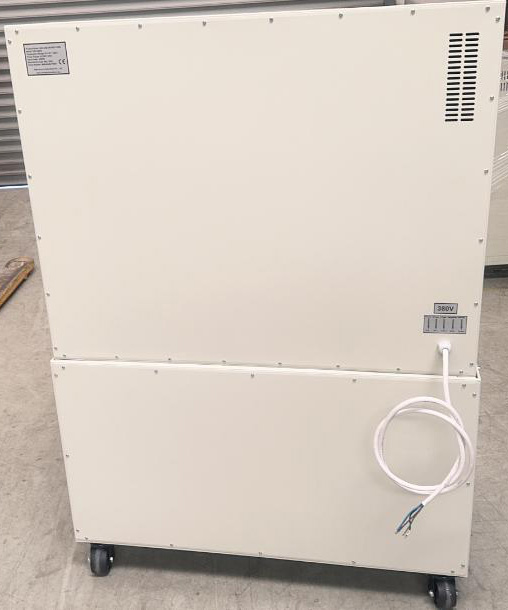
What is the main benefit of using vacuum drying instead of oven drying?
Reduced Oxidation: Vacuum drying is the ideal method for drying thermal and/or oxygen sensitive materials, due to the advantage of removing moisture at low temperatures and minimizing the possibility of oxidation reactions.
Low energy consumption, high efficiency: Vacuum drying can accelerate the drying process by lowering the boiling point of water or solvents, effectively speeding up evaporation. This leads to shorter drying times and increased productivity, making it particularly advantageous for industries where rapid processing is essential.
Reduced Risk of Contamination: Vacuum drying minimizes the risk of contamination by removing air and other gases from the drying chamber. This is particularly important in industries where product purity is critical, such as pharmaceuticals, where contamination can compromise product safety and efficacy.
Why choose laboratory vacuum oven from Climatest Symor®?
Climatest Symor® laboratory vacuum oven breaks through the traditional technology, creatively solves the "bottleneck" in the thermal conduction process, and finds the perfect thermal conduction method.
Climatest Symor® uses advanced equipment to produce industrial ovens, such as AMADA sheet metal machine, CNC cutting machine, CNC bending machine, high precision plate cutting machine; Japan imported gas welding, and argon arc welding machine.
Climatest Symor® laboratory vacuum ovens prices are competitive, we focus on temperature control technology, we are familiar with various applications in electronics, automotive and chemical industries, we’ve been recognized by global renowned customers, such as DuPont, Chemours, Foxconn, Wistron, IMI, SCHMID, and more. Our senior technical engineers can provide you with the best technical solutions to improve your temperature-related manufacturing processes.
Climatest Symor® laboratory vacuum oven uses
Application
Climatest Symor® is a manufacturer and factory of industrial vacuum ovens in China, our ovens find the following applications:
Electronics Manufacturing: Laboratory vacuum oven is utilized in electronics manufacturing to remove moisture from sensitive electronic components, circuit boards, and semiconductor materials before assembly or packaging. This helps prevent corrosion and improve the reliability of electronic devices.
Plastics and Composites: In the plastics and composites industry, laboratory vacuum ovens are used for drying, curing, and de-gassing polymer materials and composite structures. This ensures uniformity, reduces defects, and improves the overall quality of the final products.
Materials Processing: Laboratory vacuum oven is used for processing materials in industries, such as aerospace, automotive, electronics, and manufacturing. They facilitate processes like drying, curing, de-gassing, and annealing of materials to improve their quality and performance.
Climatest Symor® laboratory vacuum oven offers a versatile and efficient solution for various industries requiring gentle and controlled drying processes for sensitive materials.